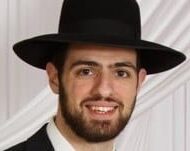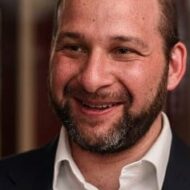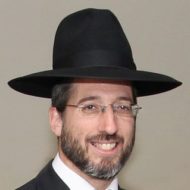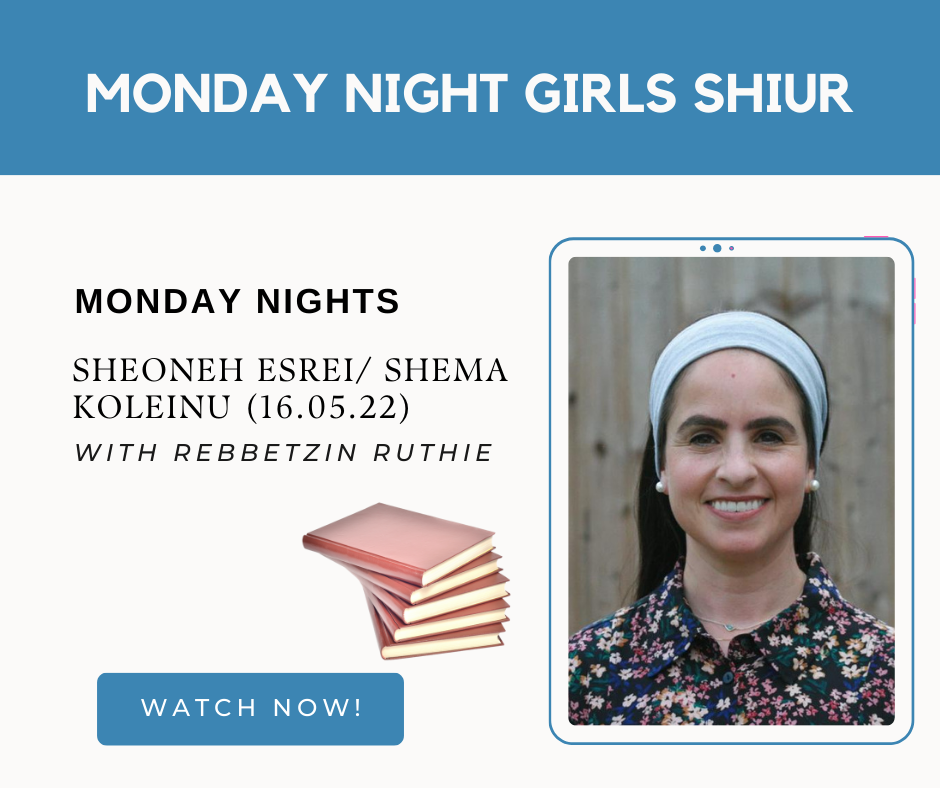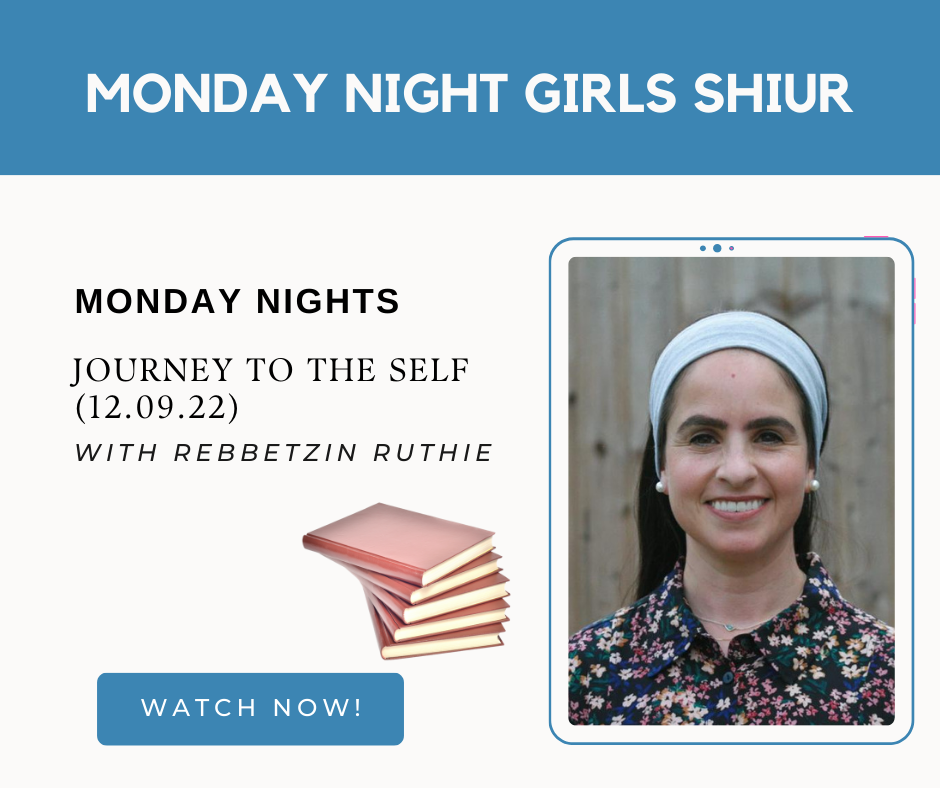
Yom Kippur, Joy?
Yom Kippur, by far the scariest day of the year – yet the Mishnah (Ta’anis 26b) tells us that Yom Kippur was one of the ‘happiest times for the Jewish People’ (אמר רבן שמעון בן גמליאל לא היו ימים טובים לישראל כחמשה עשר באב וכיום הכיפורים.) The description of ‘happiest times’, doesn’t seem to square with the severity of our Yom Kippur experience.
Purim and Yom Kippur?
Another interesting strange phenomenon is the (often mentioned over the purim period) etymological connection between the word for Purim, and Yom HaKippurim (the connection pointed out by the Arizal). Purim seems to be the antithesis of Yom Kippur. On Purim we get drunk, on Yom Kippur we fast. In what sense can we understand the connection between the two holidays?
Two Goats
A Central part of the Yom Kippur Avoda involves taking two identical goats – identical in every way, height, age, appearance etc – and placing them before The Kohen Gadol. The Kohen Gadol would then cast lots (Golden Lots, of course), and would pick out one bar that was engraved with the word “LaHashem”, and one bar that was engraved with “LaAzazel”. Ultimately, the Goat that was ‘chosen’ for “Hashem” would be brought and offered on the mizbeach – “lifnei Hashem”, and the one marked “LeAzazel” would be sent to be thrown off a barren cliff – “hamidbara”.
What a strange practice. Absolutely unique in Judaism! What does it all mean? Where do we begin? From the terms (Azazel?) to the action (lottery? A cliff? Two identical goats?) – it all seems strangely detailed and irrelevant.
Not at all strange, and not at all irrelevant.
Ya’acov and Esav
Twins.
Bereishis 25:23 – שְׁנֵי גֹייִם בְּבִטְנֵךְ וּשְׁנֵי לְאֻמִּים מִמֵּעַיִךְ יִפָּרֵדוּ וּלְאֹם מִלְאֹם יֶאֱמָץ וְרַב יַעֲבֹד צָעִיר – “Two nations are in your womb, and two regimes from your insides shall be separated. The might shall pass from one regime to the other, and the elder shall serve the younger.”
We all know the story. Ya’acov (=heel) born after Eisav – and they immediately grow up:- וַיִּגְדְּלוּ הַנְּעָרִים וַיְהִי עֵשָׂו אִישׁ יֹדֵעַ צַיִד אִישׁ שָׂדֶה וְיַעֲקֹב אִישׁ תָּם ישֵׁב אֹהָלִים –
“and the lads grew up and Eisav became a man who knows hunting, a man of the field, while Yacov was an “Ish tam” dwelling intents.”
We notice an immediate trend:
- a) Yacov is always described by the inside (dweller of tents) and Eisav, always as a man of outside (ish sadeh – a man of the field.)
- b) Again when Eisav returns from the field, he only sees the “red stuff”, not the implications (the birthright),
- c) …and finally, when Yitzchak exclaims “HaKol Kol Ya’acov, VeHayedayim Yedei Eisav” – the voice (inner) is that of ya’acov, yet the hands (external) belong to Eisav. [Of all the senses, the Rambam (Moreh HaNevuchim II:36) points out, the most unrefined is the sense of touch “Chush HaMishush… Cherpah Hu Lanu”.]
Two goats. Both identical. One goes “lifnei Hashem” – inside. One is sent away, “LeAzazel”.
Purim is a battle of Good and Evil on a national Level – where we enter a new level of Hashgacha, inasamuch as all evil, ultimately turns out “gam zu letovah”. Arur Haman and Baruch Mordechai have the identical gematria. The forces of ‘Tov’ and the forces of ‘Ra’ both bring out Kiddush Hashem – Haman by being destroyed, Mordechai by being elevated.
Yom Kippur is the day of our personal struggle between “Good” and “Evil” – and it is a day when we can define and send away the “Sair LaAzazel”, and our relationship is purely “Lifnei Hashem”.
Our struggle is between our ‘guf’(external) and ‘neshama’ (internal). Whoever emerges as ‘leader’ becomes our moral compass.
Yom Kippur is a day when we remove our [leather] shoes, echoing the shoe-removal of Moshe Rabbeinu at Har Chorev – “shal na’alecha me’al raglecha” (“remove your shoes from your feet”) which the Shelah Hakadosh [Parshas Shemos] understands to mean “remove your bodily focus from your neshama”.
Yom Kippur is a day when we don’t need to eat, when we don’t involve in bodily needs and pleasures, because the body is not in the driving seat.
יִגְעַר יְדֹוָד בְּךָ הַשָּׂטָן [Zecharia 3] – Hasatan is gematria 364, because there is one day per solar year [which always represents the control wielded by the Umos HaOlam], where the satan has no power – the “linfai velifnim” – Yom Kippur.
Yoshe Ber Soloveitchik points out that in the Torah, Simcha is always expressed by being “lifnei Hashem”. Yom Kippur, the day we can sense our neshama being drawn to “lifnei Hashem”, the day we can sense the relationship with Hashem – is necessarily the day of the greatest Simcha.
אמר רבן שמעון בן גמליאל לא היו ימים טובים לישראל כחמשה עשר באב וכיום הכיפורים
אָמַר רַבִּי עֲקִיבָא, אַשְׁרֵיכֶם יִשְׂרָאֵל, לִפְנֵי מִי אַתֶּם מִטַּהֲרִין, וּמִי מְטַהֵר אֶתְכֶם, אֲבִיכֶם שֶׁבַּשָּׁמַיִם
